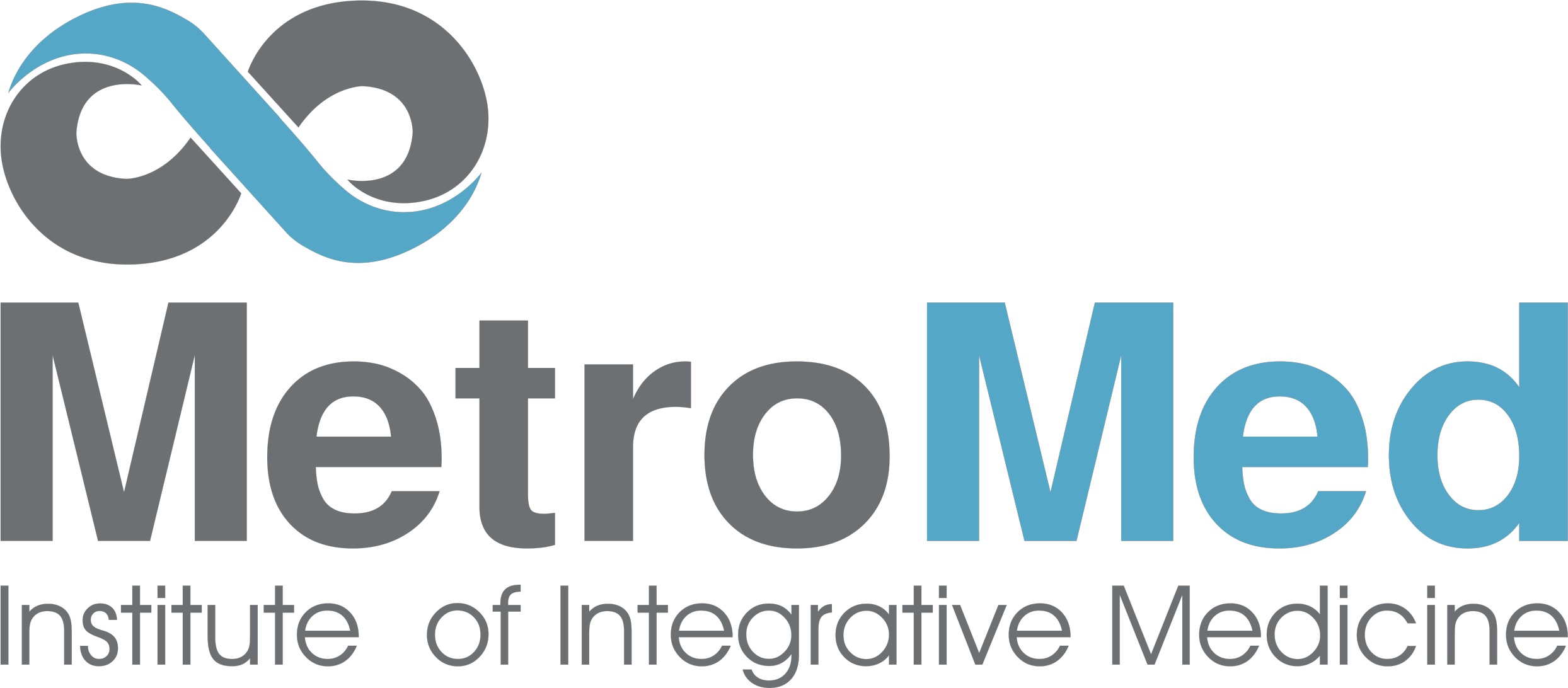Many patients have been asking what is the best source for stem cells, and why do we use a patients bone marrow for the source of stem cells. The question of where the stem cells come from an embryo or from the patient themselves constantly is an issue. Also patients ask if there is a difference between fat and marrow stem cells. These are all very valid questions and should be discussed in some detail.
First to tackle the conflict between embryonic, which includes cord blood cells, versus adult stem cells. One difference between the two is embryonic stem cells come from a donor source also referred to as Allogeneic Cells. Whereas the adult stem cells come from the patient themselves also referred to as Autologous Cells. A patient should really focus their therapy around their own adult stem cells for a number of reasons.
Embryonic stem cells in theory have the potential to differentiate into any of our 205+ tissues that comprise our bodies. With this theoretical model it would seem that these cells are perfect for repair because they have a pluripotent character, which can reform any tissue in your body. However, once these cells are actually applied in VIVO to a patient many problems can occur.
The issue resides in the fact that embryonic stem cells come from another source rather than your own body. These cells contain cell markers that your body would recognize as foreign. Often times your body will try to fight off these cells through a process known as graft vs. host Disease. Patients time and time again are implanted with embryonic stem cells and their bodies severely reject the cells. This can lead to complications like shock, abnormal inflammation, and even death.
Another issue underlying embryonic stem cells is that once the embryonic cells are cultured in a lab they are often grown and the cell numbers are expanded. When cells are grown for a long period in a lab each cell is replicated over and over again. Every replication takes the cells one step closer to obtaining a mutation in their DNA. This leaves the patient with a higher risk for getting a tumor.
Clearly the safest and most effective source for stem cells is from you, or the adult autologous stem cells. Adult cells contain your own DNA and have not been artificially replicated many times in a lab. These cells are the one source that allow for a safe and correct treatment. However, some clinics are still using embryonic stem cells with much success. Some of which are very valid but a patient should ask extra questions and work with a legitimized institution if still wanting to go this route. Often times these clinics are associated with major universities and research hospitals.
Now that we know the best source of cells is form the patient themselves the next question that comes to mind is what site should the cells be extracted from. Should the cells come from Fat or bone?
For most regenerative procedures the stem cell source should be from bone marrow. These cells have the ability to differentiate into a multitude of cell types, whereas fat cells are more prone to differentiate into fat based lines of cells.
Marrow derived stem cells also have additional support from the other cells lines residing in your bones. Cells like Granulocytes secrete VEGF a signaling molecule to promote vascular tissue formation. Endothelial cells which secret BMP to stimulate bone growth in areas where bone trauma is occurring. These factors as well the potency of these marrow stem cells allow for the most effective treatment.
In a whole the best source for stem cells are from the patients bone marrow. These cells are your own cells and encoded in their DNA is a template that tells the cells what your body should be like. These cells work to rebuild your body naturally. Autologous Stem cell therapy works to concentrate and target the areas that your stem cells are healing beyond what can naturally occur.
Copyright © 2012 Alex Martin MD & Devin Stone, Los Angeles
References:
-
- Alberts, Bruce. Molecular Biology of the Cell. New York: Garland Science, 2008. Print.
-
- Hampton, Tracy. “Fat Stem Cells, August 3, 2011, Hampton 306 (5): 480 JAMA.” JAMA, the Journal of the American Medical Association, a Weekly Peer-reviewed Medical Journal Published by AMA ” JAMA. JAMA, 2011. Web. 01 Feb. 2012. .
-
- Krause, Diane. “Multi-Organ, Multi-Lineage Engraftmen.” Cell. Cell Press Webinars, 4 May 2001. Web. 01 Feb. 2012. .
-
- Pittenger, Mark. “Multilineage Potential of Adult Human Mesenchymal Stem Cells.” Science. American Association for Cancer Research, 22 Jan. 1999. Web. 01 Feb. 2012. .
-
- Pollard, Thomas D., William C. Earnshaw, and Jennifer Lippincott-Schwartz. Cell Biology. Philadelphia: Saunders/Elsevier, 2008. Print.
-
- Prescott, Lansing M., John P. Harley, and Donald A. Klein. Microbiology. Dubuque, IA: McGraw-Hill Higher Education, 2005. Print.


